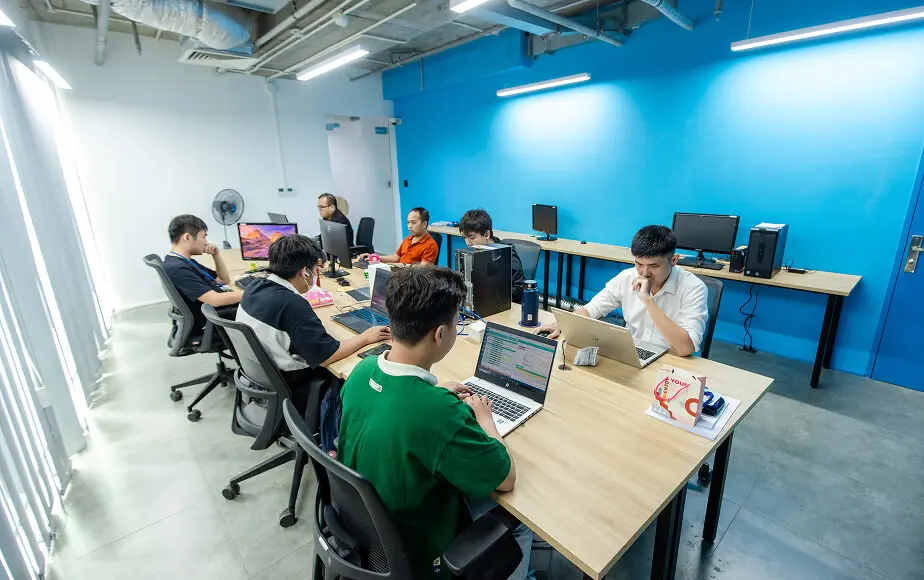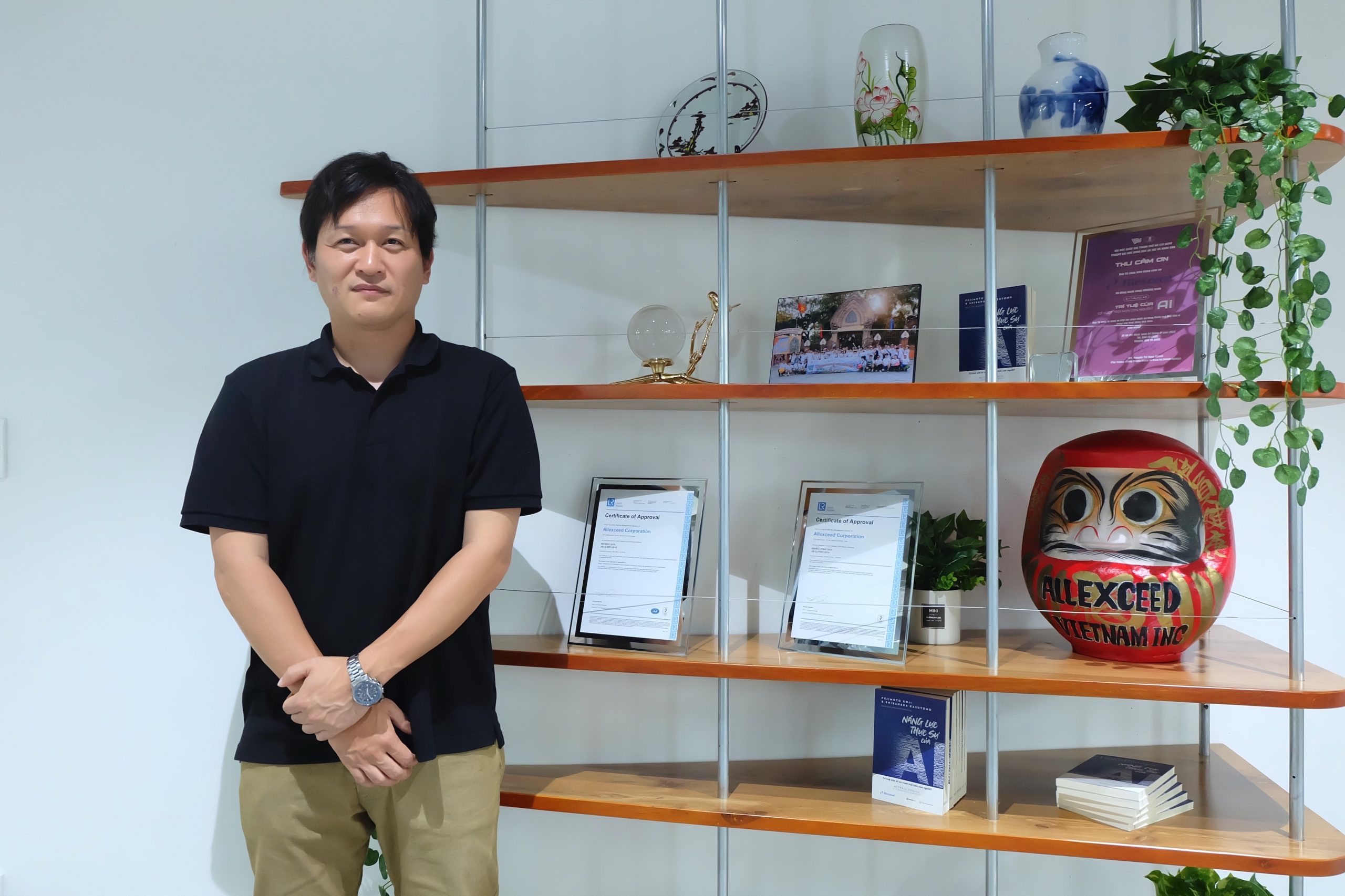2025/02/18
Share
 Development of a Web-Based Shuttle Bus Management System for Students, Enabling Mobile Device Access.
Development of a Web-Based Shuttle Bus Management System for Students, Enabling Mobile Device Access.
Project Overview
We re-platformed a web-based shuttle bus management system for a driving school, originally developed in Java for PC browsers, using the .NET platform. This upgrade ensured stable operation on traditional PC browsers while also achieving compatibility with mobile devices, including smartphones and various feature phones.
Technology Stack and Development Tools Used
- Programming Language: ASP.NET, HTML5, CSS3
- Full-stack Framework: .Net Framework
- Database: Microsoft SQL Server 2008 R2 Standard Edition
- Task Management Tool: Excel
Client’s Challenge
- Rise in Mobile Users and Lack of System Compatibility
The existing system was designed exclusively for PC browser use and could not accommodate the growing number of smartphone users. Furthermore, the system needed to be redesigned so that web pages would function effectively on diverse mobile devices with different screen sizes and usability, such as feature phones. This multi-device support was a critical challenge for improving the system’s usability.
Client’s Request
- A Bus Reservation System Compatible with Both PC and Mobile
The client requested the development of a shuttle bus management web system for their driving school students that could be used seamlessly on both PCs and mobile devices (smartphones and feature phones). The requirement was to enable students, after logging in, to intuitively perform a series of reservation and management tasks—such as pre-booking routes via “Course Selection,” “Bus Stop Selection,” and “Time Selection”—from any device.
Our Proposal and Approach
- Refining Requirements and Adopting a Mobile-First UI Design
First, we created a detailed design document based on the client’s requirements, which served as the foundation for development. Concurrently, anticipating use on various mobile devices beyond just PCs, we proceeded with designing screen layouts optimized for each respective interface. - Identifying Design-Phase Issues and Collaborating on Optimal UI/UX
During the design and layout process, we quickly identified areas that were not compatible with smartphone interfaces (e.g., causing usability issues or display errors). We proactively proposed optimal alternatives and solutions for these issues, engaging in thorough discussions with the client to reach a consensus on the specifications. - Multi-Device Verification Using Real Devices and Simulators
In the development phase, we meticulously verified operations on PC browsers and actual smartphone devices. However, for feature phones, acquiring physical devices in Vietnam was difficult. Therefore, we utilized simulators for testing to ensure quality across diverse device environments.





